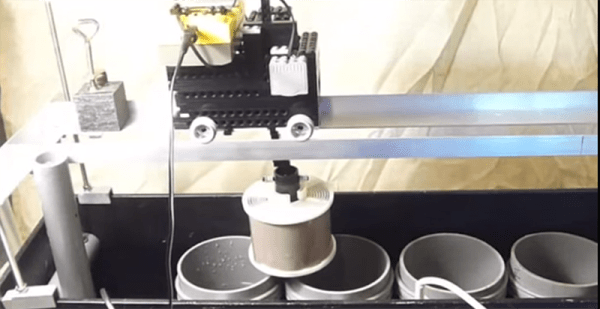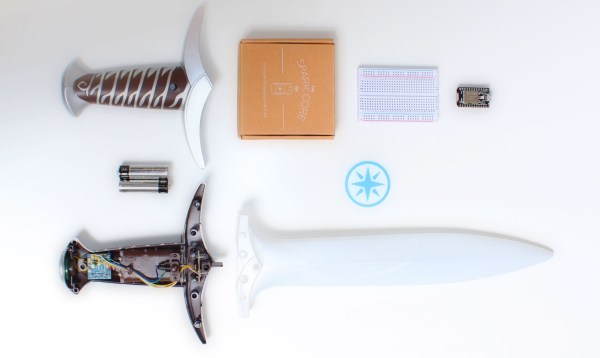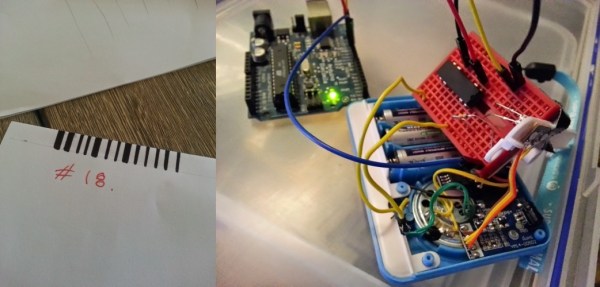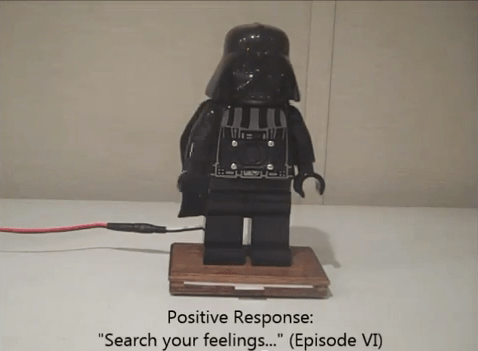Does your RC car’s crude, push-button controller make you feel like you’re mashing tv remote buttons like a caveman? We think so too, but [Noel] has actually done the heavy-lifting to fix just that. He’s revamped his kids’ rc controller for gesture control. Now their rc car can be guided by the crisp, intuitive control of one’s wrist movements.
To tackle this project, [Noel] has integrated a gyroscope and accelerometer, an Arduino, and the existing remote. Data from the gyroscope-and-accelerometer limits are mapped to the buttons through an Arduino, which parses the raw data and triggers the controller’s switches, now wired directly to the Arduino and pulled up with resistors. In his overview video, [Noel] tells us that he’s binarized the gyroscope-and-accel data to trigger at certain limits, a choice that adequately suits the controller’s original push-button controls. Finally, the entire setup is cleanly strapped to a 3D-printed case. Not bad, for a grand total of $20 and a quick trip to Target.
[Noel]’s custom wrist-controller takes its place on the shelf of many other unique controllers, and his demo is a great example of using existing open hardware to tailor our toys to more personal tastes. After all, the hardware shopping list is just a breakout board, an Arduino, and a few jumper wires. When the next zombie apocalypse hits, we can easily see some practical components like these making their way into our suitcase. At the very least, we’ll be able to build a few wrist controllers and dispatch some toy cars to greet the undead.
Continue reading “Budget Wrist-Controlled RC Car Is A Nice Touch”

















